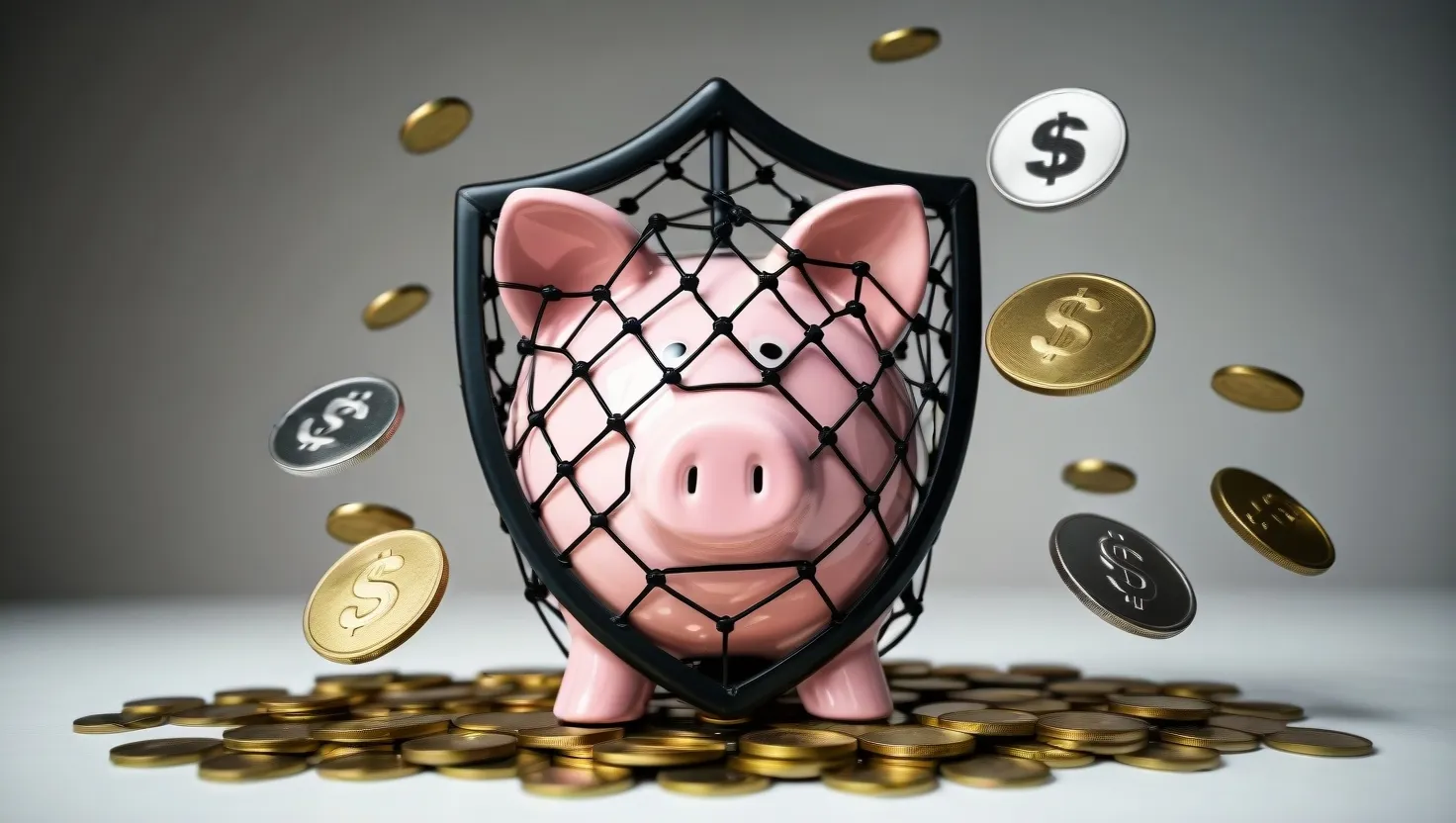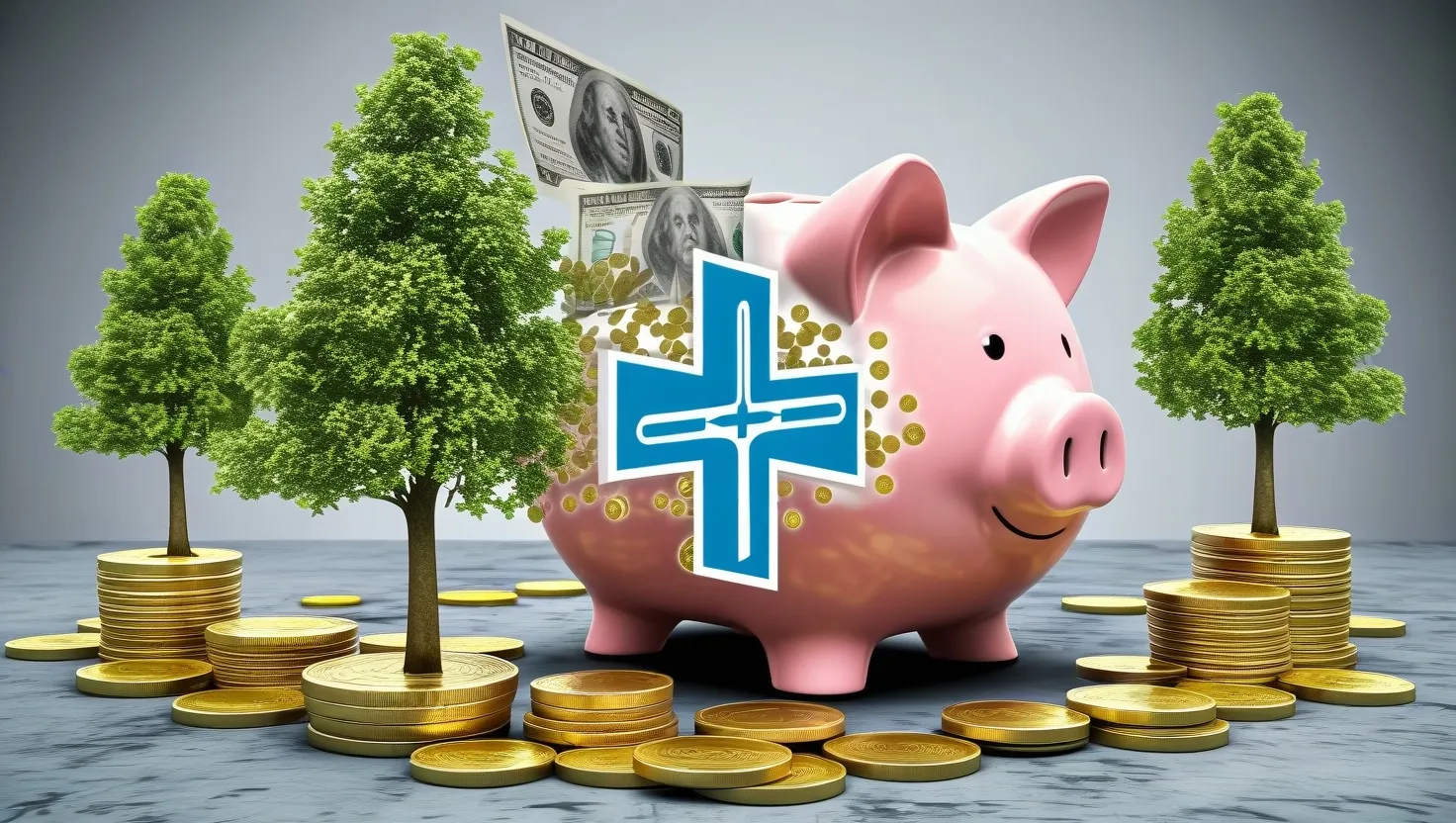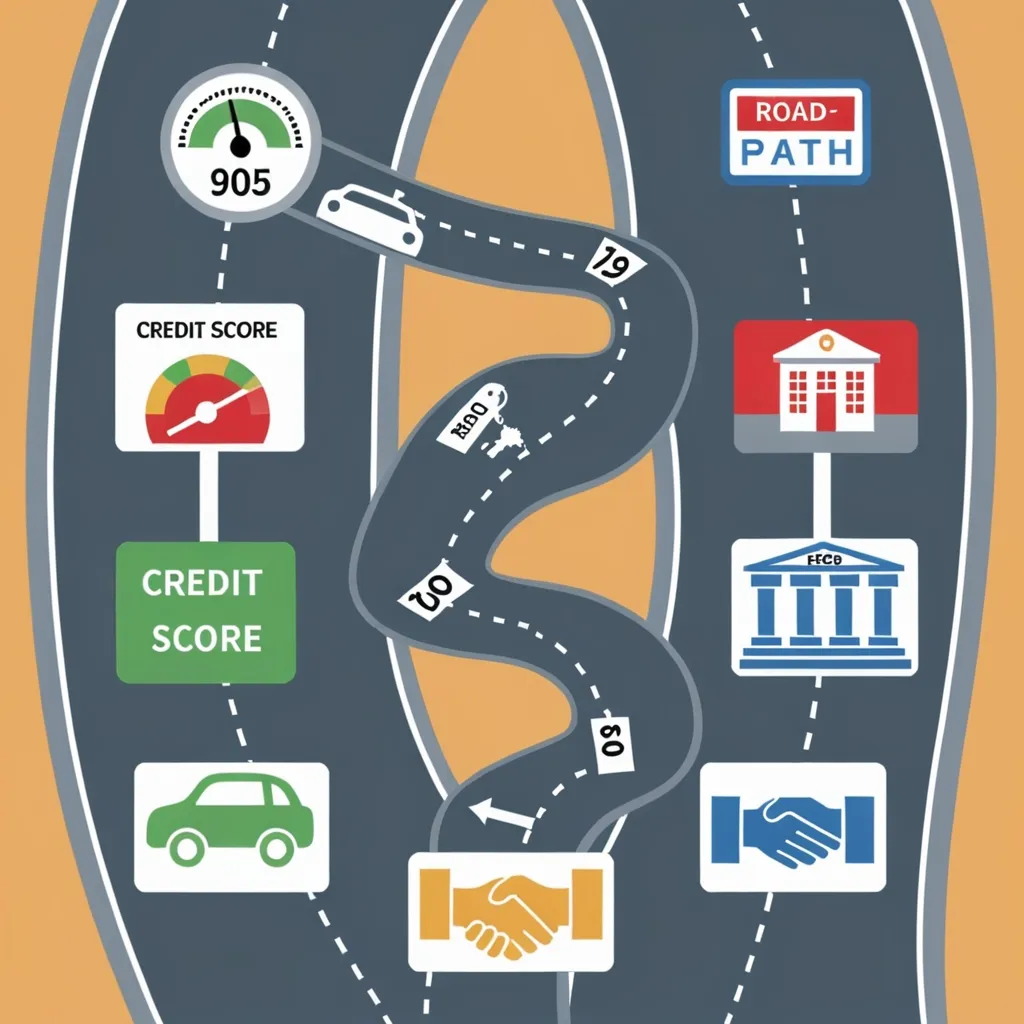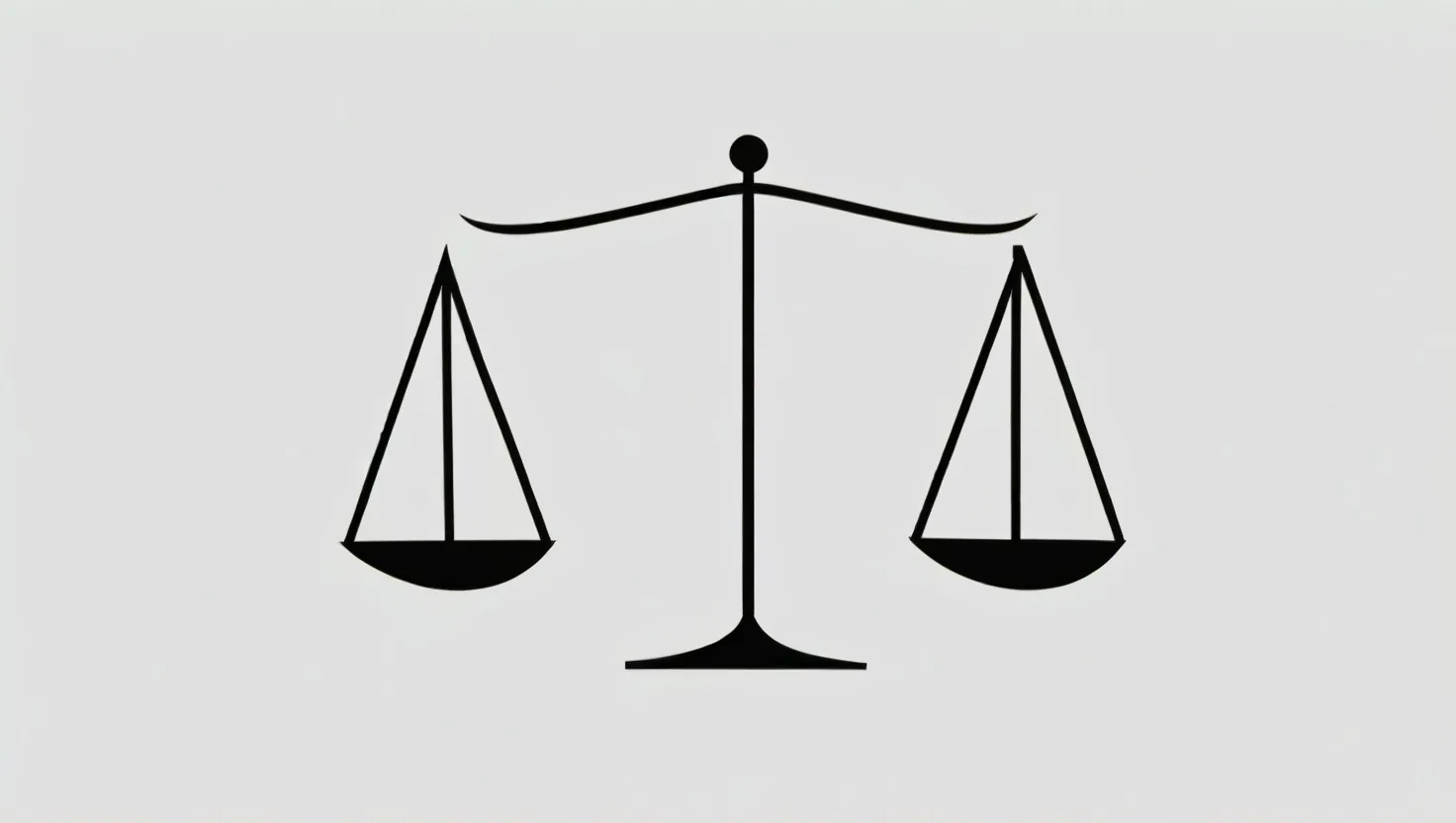Building an emergency fund is one of those financial tasks that often gets pushed to the backburner, but it’s a necessity that can make all the difference in times of crisis. Imagine having a safety net that can cushion you from the financial shocks of unexpected medical bills, car repairs, or even a sudden job loss. Here’s how you can build this vital fund quickly and efficiently.
Setting the Stage
Before we dive into the strategies, it’s essential to understand why having an emergency fund is so critical. As the old adage goes, “An ounce of prevention is worth a pound of cure.” In financial terms, this means having a buffer that can prevent financial chaos when life throws you a curveball.
Setting a Clear, Achievable Goal
The first step in building your emergency fund is to set a clear and achievable goal. Financial experts often recommend saving three to six months’ worth of living expenses. However, this amount can vary based on your personal circumstances, such as job stability and monthly expenses.
For instance, if you have a stable job and a reliable support system, you might aim for the lower end of this spectrum. On the other hand, if you’re self-employed or have a history of job instability, you may want to aim higher.
“Setting goals is the first step in turning the invisible into the visible,” as Tony Robbins once said. Write down your goal, give it a specific amount, and a calendar date you want to achieve it by. This clarity will help you stay focused and motivated.
Automating Savings
Automation is your best friend when it comes to saving. Setting up automatic transfers from your checking account to your savings account ensures that you’re consistently contributing to your fund without having to think about it.
Imagine setting aside a small amount each week or month. For example, if your goal is to save $2,000 in a year, you can divide that by 52 weeks, which gives you a manageable weekly savings goal of about $38.47. Suddenly, that $2,000 doesn’t seem so daunting.
Leveraging Windfalls
Windfalls like tax refunds or bonuses can be a significant boost to your emergency fund. When you receive an unexpected influx of money, it’s tempting to splurge on something you’ve been wanting. However, directing this money towards your emergency fund can accelerate your savings significantly.
Think of it this way: if you get a $1,000 tax refund, that’s a month’s worth of savings right there. By putting it into your emergency fund, you’re not just saving money; you’re buying peace of mind.
Starting a Temporary Side Hustle
Sometimes, the best way to build your emergency fund quickly is to increase your income temporarily. Starting a side hustle, whether it’s freelancing, dog walking, or selling handmade goods, can provide an extra stream of income that you can allocate entirely to your emergency fund.
This approach not only helps you save faster but also diversifies your income streams, making you less dependent on a single job. As Warren Buffett once said, “Do not save what is left after spending, but spend what is left after saving.”
Implementing a Spending Freeze
A spending freeze can be a powerful tool for redirecting money towards your emergency fund. For 30 days, cut back on all non-essential spending. This means no dining out, no shopping sprees, and no subscription services you don’t use.
The money you save during this period can be directly deposited into your emergency fund. It’s a temporary sacrifice for a long-term benefit. Ask yourself, “What can I cut back on for just 30 days to secure my financial future?”
Selling Unused Items
We all have items lying around that we no longer use or need. Selling these items can provide a quick influx of cash that you can deposit into your emergency fund. Whether it’s through an online marketplace, a garage sale, or a local consignment shop, turning your unused items into cash can be a lucrative way to boost your savings.
As the saying goes, “One man’s trash is another man’s treasure.” So, take a look around your home and see what you can sell to add to your emergency fund.
Cutting Unnecessary Expenses
While we’re on the topic of saving, let’s talk about cutting unnecessary expenses. Take a close look at your budget and identify areas where you can cut back. Reducing non-essential spending, such as dining out or subscription services, can free up money to put towards your emergency fund.
Ask yourself, “Do I really need that monthly subscription to a streaming service I barely use?” Cutting back on these small expenses can add up over time and make a significant difference in your savings.
The Power of Small Steps
Building an emergency fund doesn’t have to be overwhelming. It’s about taking small steps consistently. As Noah Damsky, a chartered financial analyst, advises, “If you want to save $150 per month, save $5 per day. Not only is it less daunting, but it helps you realize how you can reach your goals by making small sacrifices.”
By breaking down your goal into smaller, manageable chunks, you make the process less intimidating and more achievable.
Keeping It Separate
Finally, it’s crucial to keep your emergency fund separate from your other savings accounts. This prevents you from dipping into it for non-emergency purposes. Consider housing your emergency fund in a separate account, perhaps even at a different bank, to keep it out of reach but still accessible when needed.
As the ancient Chinese proverb goes, “A journey of a thousand miles begins with a single step.” Building an emergency fund is a journey, but with the right strategies and mindset, you can achieve financial stability and peace of mind.
So, where do you start? Begin by setting that clear goal, automating your savings, and leveraging any windfalls that come your way. Remember, every small step you take today will protect you from the financial storms of tomorrow.






